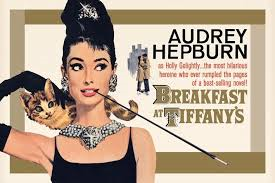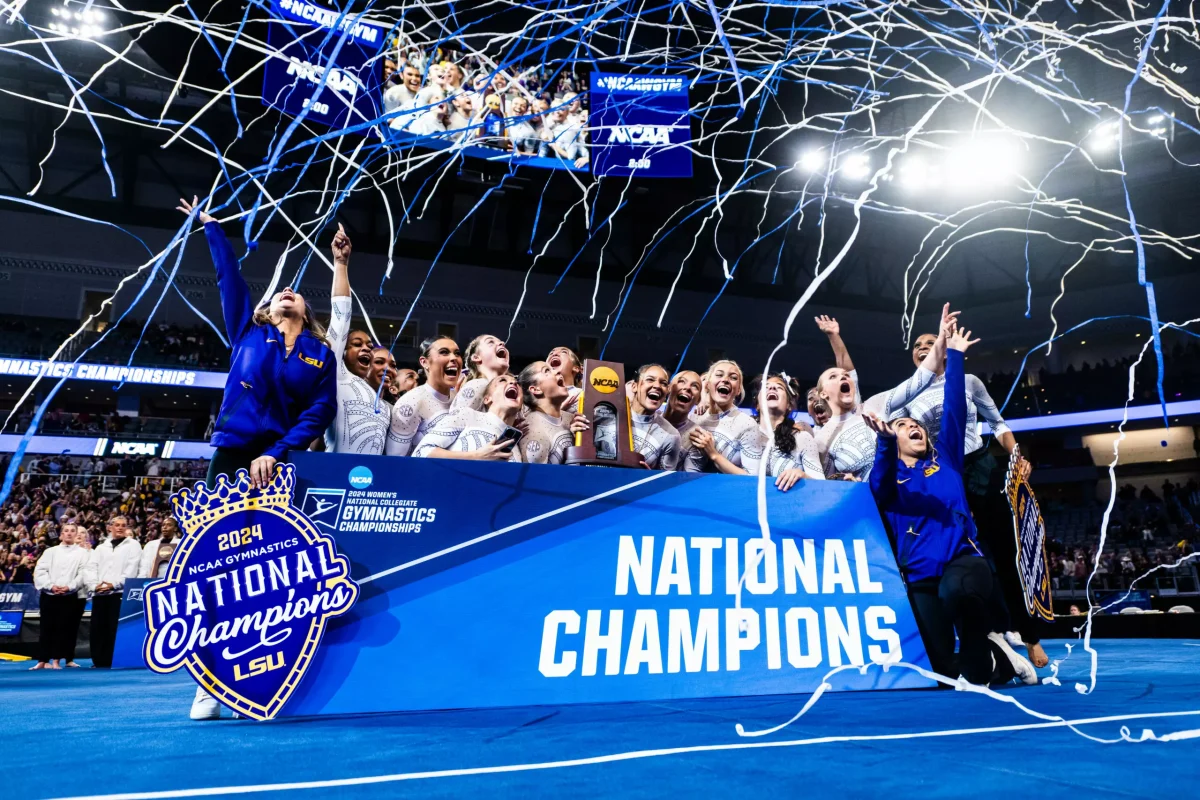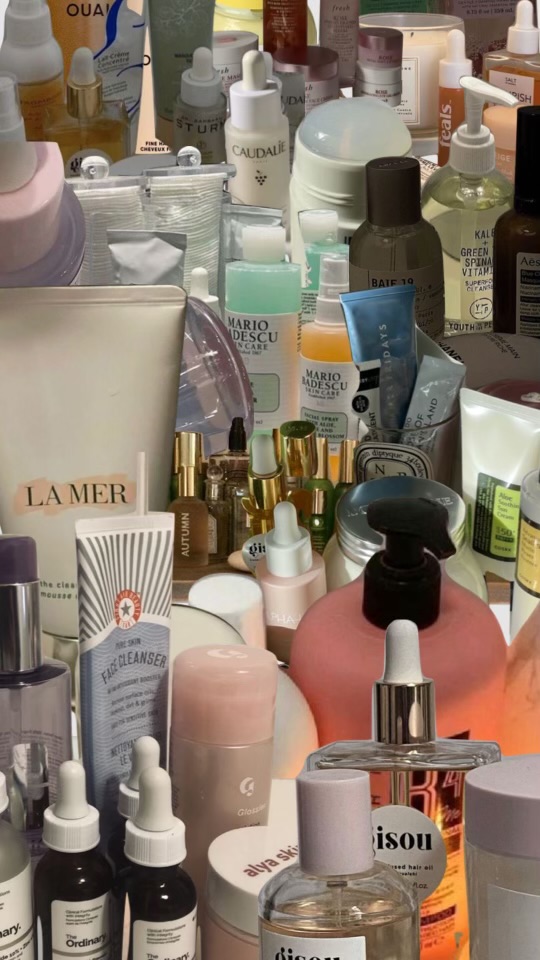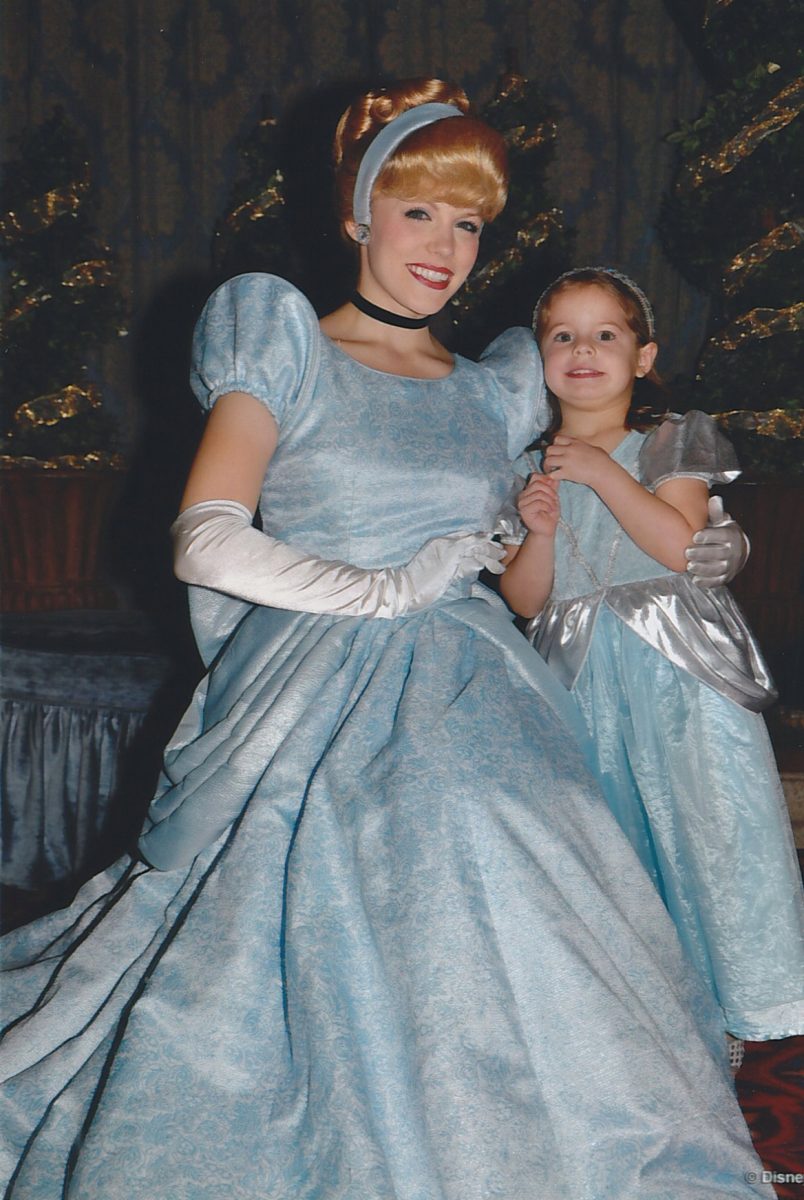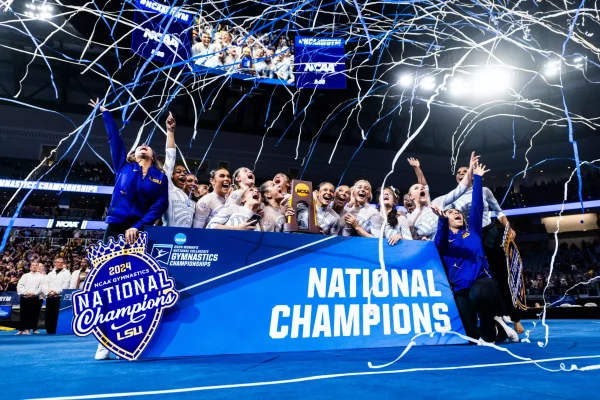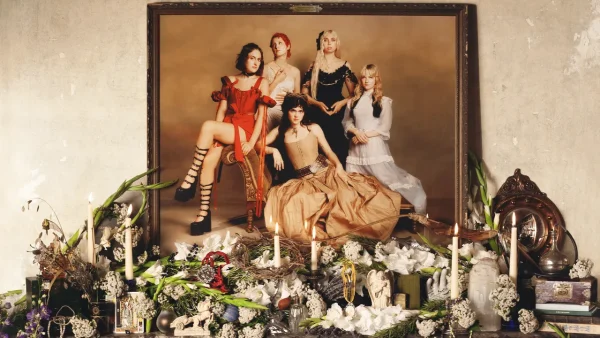Breakfast at Tiffany’s: The it-film of the 60’s

The movie “Breakfast at Tiffany’s” is deemed a classic. Written in 1961, the movie is still germane in today’s society and will cause you to get a few dumb- founded looks if you admit to not owning it on both DVD and blu ray.
The film encompasses the bustling life of the residents in some of the East Coast’s swankiest neighborhoods. With its cramped New York apartments and tizzying smells that waft through the alleys, Blake Edwards flawlessly captures the atmosphere in this classic.
“Breakfast at Tiffany’s” introduces Audrey Hepburn as a revolutionized version of herself. In the film, she completely transforms from her everyday, startled, fawn-like countenance into a flustered yet put-together comic talent. She becomes Holly Golightly, an independent young woman who navigates New York with nothing but her taste for high fashion and her unnamed tabby cat in toe.
In the timeless film, Holly strives to take on the role as a high-climbing socialite. However, unlike most of New York’s upper class, she lacks a maturity and still maintains the mindset of a young and naive girl. As Holly embarks on a journey to try and find herself, she encounters her next door neighbor:Paul.
George Peppard beautifully depicts this struggling writer who soon becomes enchanted with Holly and her exhilarating lifestyle. Every night that Holly climbs through Paul’s window to escape one of her outrageous parties, Paul becomes more and more entwined in her life and falls into love with the bubbly socialite. Although both characters represent complete opposites, they are attracted to each other because of one universal fact: They maintain a false sense of happiness and tediously go through the motions in a swirl of lush Manhattan gatherings and parties. Through this one similarity, they both soon become dependent on each other: Paul longs for the adventure that follows Holly and she thirsts for stability and the sense of calm that the aspiring writer provides in her hectic lifestyle.
The film depicts the many personalities that encompasses New York in the 1900’s. From the young struggling and adventure-seeking to the mature elite who reside in large mansions, Edwards realistically depicts the gaps between the different classes and the identities engulfed in each of these different classes. While each actor in the film beautifully portrays the differing attitudes in the upper East side, one of the more memorable characters in the film stirred a bit of controversy. Rooney portrays an agitated Asian man, who resides above Holly and is awakened at every hour of the night by her lavish parties and get togethers. He represents the stereotype associated with the Asian race, with his slanted eyes and angry rants spoken in broken English. However, this one stereotype is easily overlooked by the many positive qualities the film is able to provide in a timelessly elegant manner.
The film tells a story of redemption. Both Paul and Holly are incapable of love and truly unhappy. They hide behind their overstretched smiles and believe they can hide from the truth in their small, comforting New York apartments. They both portray troubled characters who soon triumph their battles and are raised to the height of happiness through romance and true love.
The last scene is especially magical yet truthful as it truly delves into the realities of life. Holly is finally forced to face her inner demons. Her breakdown at the end of the film when she forced to confront the truth allows the film to transcend into a guanine love story and happy ending. “Breakfast at Tiffany’s” is one of those rare movies that can watch over and over again. It represents a time machine that depicts a beautiful fantasy that could only ever exist in your imagination. 